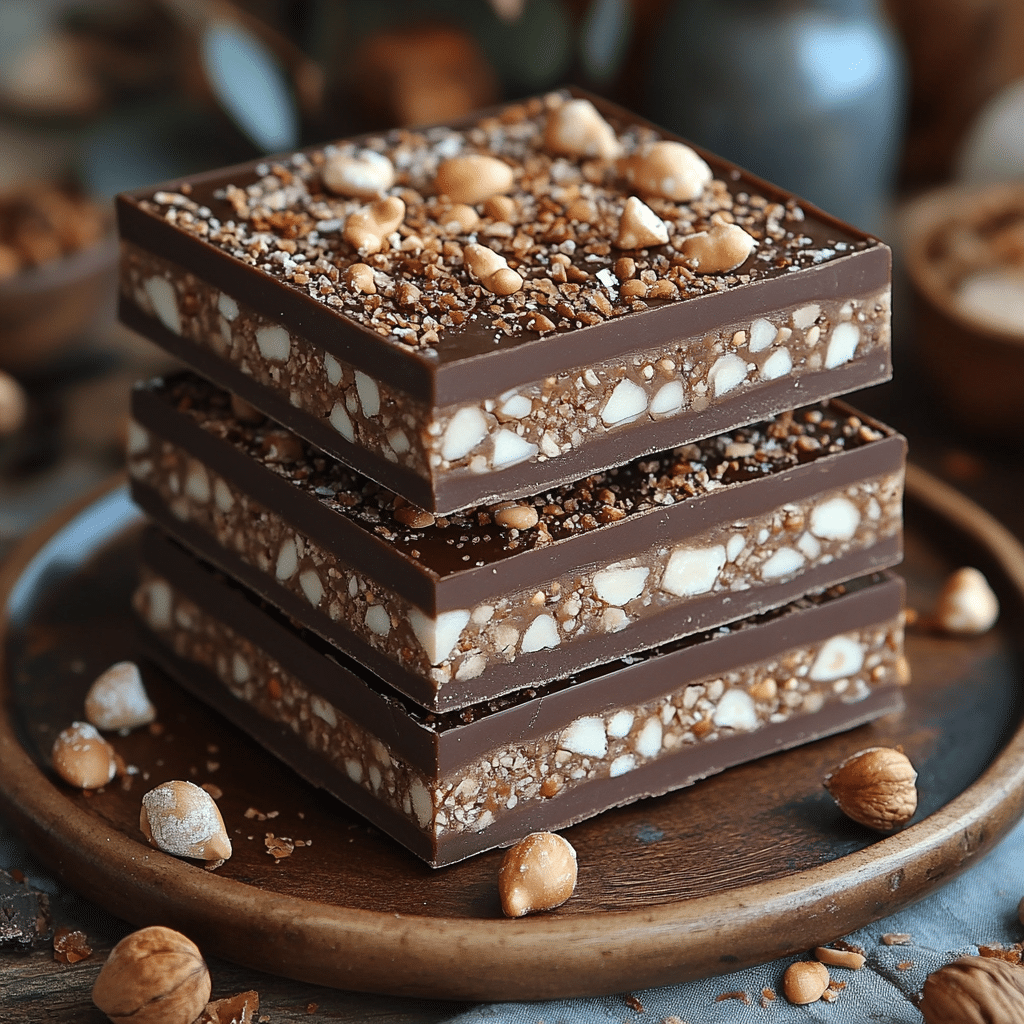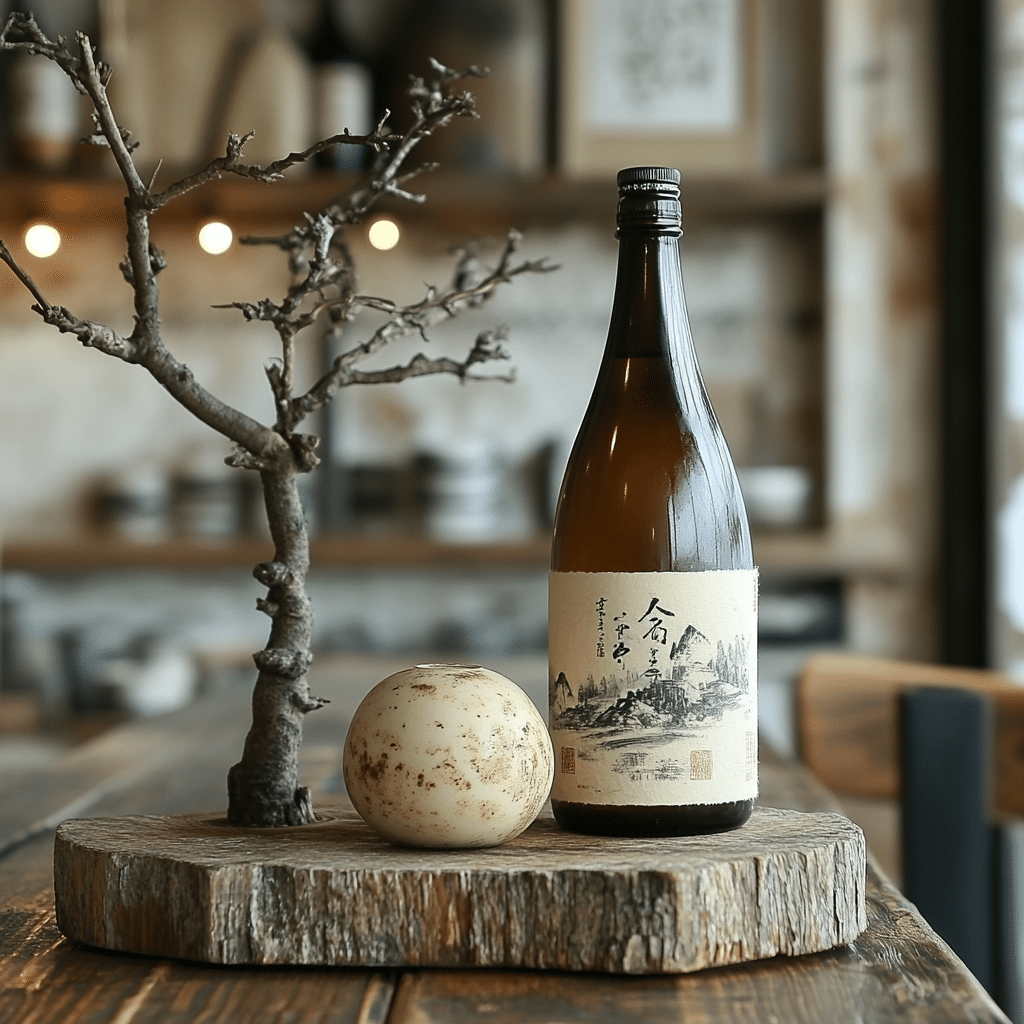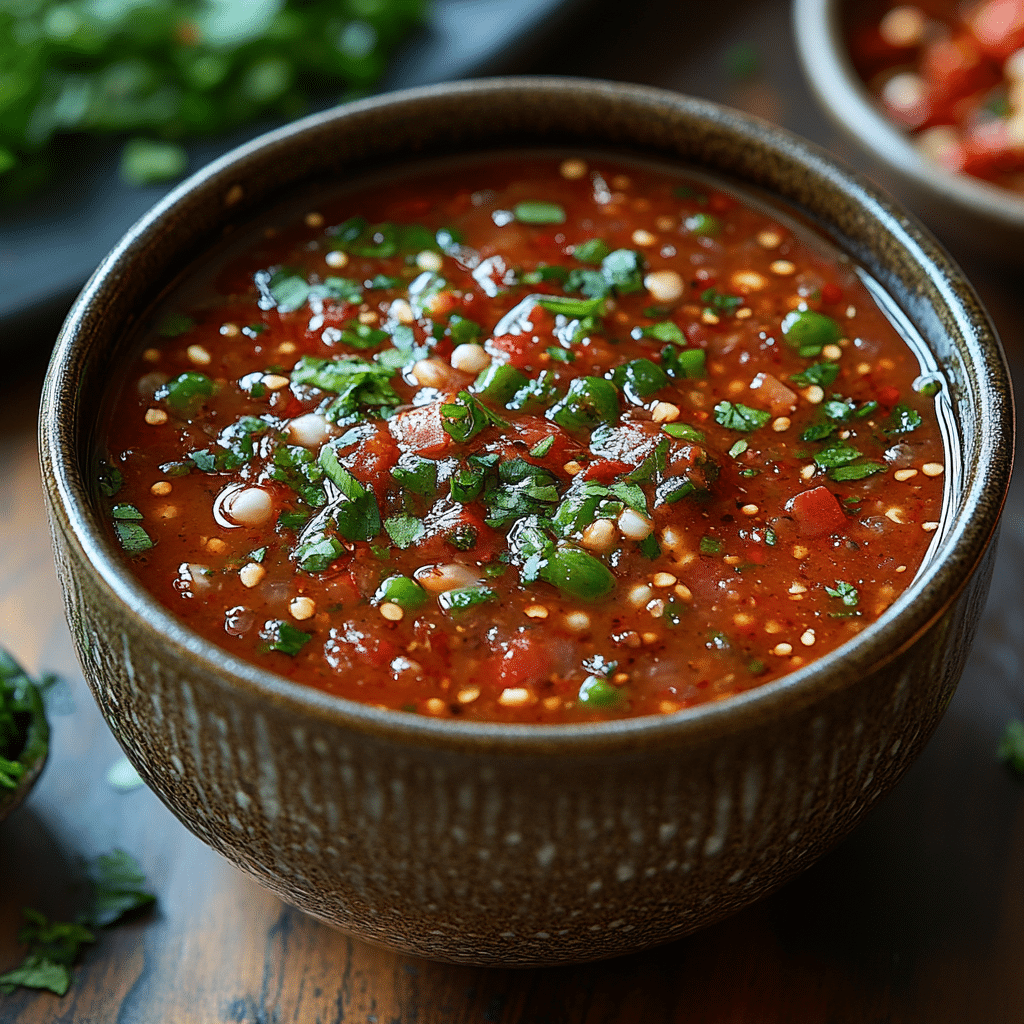Pipian is more than just a sauce; it’s a vibrant representation of Mexican culture and tradition, steeped in rich history and bursting with flavor. This versatile condiment showcases bold tastes and varying textures, making it a staple in the culinary world. With core ingredients that harmonize beautifully, pipian elevates simple dishes into something unforgettable. Let’s dive into the heart of this celebrated sauce, explore its regional variations, and discover how it continues to inspire modern cuisine.
1. Exploring the Core Ingredients of Pipian
At the foundation of pipian lies a combination of nuts, seeds, and spices, each bringing its own flair to the mix. The most prominent ingredient is pumpkin seeds, also known as pepitas. These little green gems provide a nutty base and creamy texture. However, let’s not forget about the following essential elements that make pipian a culinary delight:
Understanding these ingredients helps clarify the bold flavor profiles that make each variation of pipian a unique experience.

2. Top 5 Regional Variations of Pipian
The beauty of pipian is found in its diversity across Mexico, reflecting the country’s rich cultural tapestry. Let’s explore five noteworthy regional adaptations that showcase this adaptability:
2.1 Pipian Rojo – The Chili-Forward Version
Region: Oaxaca
Pipian rojo shines with the use of mulato and pasilla chilies. This version is ideal with chicken or as a cooking sauce for hearty stews. The smokiness and gentle heat create an experience that lingers on your palate.
2.2 Pipian Verde – The Herbal Delight
Region: Puebla
Pipian verde highlights tomatillos and vibrant green herbs like epazote. It’s a refreshing companion to grilled meats and vegetables, adding a zesty lift that enhances any plate.
2.3 Pipian de Camarón – The Seafood Option
Region: Yucatán
Diving into coastal flavors, this version spotlights shrimp. A splash of lime juice provides a delightful tang that complements the richness found in pipian sauce.
2.4 Pipian de Pollo – Chicken Pipian
Region: Nationwide
A beloved classic, this variation simmers boiled chicken in a rich, sometimes thick, sauce. Depending on the region, the texture can range from velvety to somewhat paste-like, pleasing a variety of palates.
2.5 Pipian de Frijoles – The Vegetarian Classic
Region: Michoacán
This delightful vegetarian option marries pipian with refried beans. It often serves as a base for quesadillas or as a hearty side dish, making it a staple on meatless days.
3. The Cultural Significance of Pipian
Pipian goes far beyond culinary interest; it’s deeply woven into the tapestry of Mexican heritage. Traditionally served during festivals and celebrations, locals often hold dear family recipes passed down through generations. The preparation process typically transforms into a communal event, symbolizing togetherness and the shared joy of cooking.
3.1 Pipian in Modern Culinary Conversations
In today’s dining scene, pipian grabs attention as chefs explore traditional recipes and adapt them for modern palates. Influential figures in the culinary world, like Enrique Olvera, are reintroducing pipian in high-end dining experiences. For instance, pairing pipian with a drizzle of mango aioli creates an extraordinary dish that appeals to a fine dining audience.
Chefs have grasped this opportunity to present familiar yet exciting flavors to diners. It’s no wonder this timeless sauce finds a place in contemporary cuisine, fast becoming a favorite for those seeking a taste of authentic Mexican flavors.

4. Innovative Adaptations: The Fusion of Pipian and Other Dishes
As culinary innovation thrives, pipian makes its way into various dining contexts. Here are some exciting adaptations that marry old traditions with modern creativity:
4.1 Pipian Tacos with Chango
Imagine slow-cooked meats served in warm tortillas, drizzled with a fresh pipian sauce and topped with pickled onions. This dish takes the taco experience to new heights, adding a crunchy texture that delights.
4.2 Pipian Pizza with Hamime
Say goodbye to your standard pizza; this bold take uses pipian as the base, layered with roasted vegetables and a sprinkle of queso fresco. What’s not to love about a little Mexican twist on an Italian classic?
4.3 Pipian Pasta with Sequin
Breaking from Italian tradition, chefs are incorporating pipian into pasta dishes, creating a nutty, textured sauce that pairs beautifully with robust spices for a novel take on a beloved meal.
4.4 Pipian Burrito with Birra
Envision a hearty burrito filled with pulled pork or birria, generously enhanced with pipian sauce for that creamy, rich experience. A true crowd-pleaser that keeps cravings at bay.
4.5 Pipian and Peack Ice Cream
Yes, you read that right! Some innovative chefs are playing with flavors, crafting an unforgettable ice cream using pipian. It melds sweet and savory elements for a dessert that captivates the senses.
An Exciting Future for Pipian
The culinary landscape is continually shifting, and pipian is right in the middle of it all. With a growing appreciation for authentic and artisanal cooking, the future shines brightly for this heritage sauce. As dish inspiration arises from both traditional and cross-cultural influences, we can expect exciting developments in how pipian brings bold flavors to our tables.
In essence, pipian symbolizes a marriage of tradition and creativity, highlighting the culinary spirit of chefs who dare to push its limits. Every bite of pipian tells a story rich with history while boldly captivating a new generation of food lovers. So here’s to pipian—may it flavor our plates and inspire our palates for years to come!
Pipian: A Flavorful Adventure into Tradition
The Origin Story of Pipian
Pipian, a delicious sauce that hails from ancient Mesoamerica, carries a rich history steeped in culture and tradition. With roots tracing back to the Aztecs, pipian combines seeds, nuts, and spices to create a flavor explosion that dances on the palate. Interestingly, it’s said that the Aztecs valued pipian so much that it was often served at royal feasts, showcasing not just food but artistry! Similar to how actors are key in the Minecraft movie cast, each ingredient in pipian plays a vital role, contributing to its delightful complexity.
Ingredients That Wow
You might be surprised to learn that pipian is incredibly versatile—rivaling even the trendy flavors of Cardi B’s Reebok line! Traditional recipes may include pumpkin seeds, sesame seeds, or even almonds, each adding its unique flair. Though it often stars in dishes alongside chicken or pork, vegans have discovered a best-kept secret: pipian shines just as brightly with roasted vegetables. It’s like crafting a magical potion in alchemy of souls season 2, where the right concoction leads to an exhilarating experience.
The Modern Take on Pipian
In today’s culinary landscape, pipian finds its way into gourmet menus and street food alike, bridging the past and the present. Think of it like AI keynote crafting in tech: just as advancements redefine presentations, chefs are reimagining the classical pipian sauce for modern tastes, keeping tradition alive while inviting change. Whether drizzled over tacos or served with grilled meats, it’s a sauce that promises to enchant. Plus, if you’re searching for pipian recipes, you’ll discover the creative flair similar to the innovations in space type design, where bold choices make all the difference!
So next time you savor pipian, remember that you’re indulging in a dish that’s not just food, but a vibrant tapestry of history and creativity. It’s a celebration on your plate that connects generations—much like the vibrant world of sisal weaving or enjoying a fun day at a baloon festival!






















